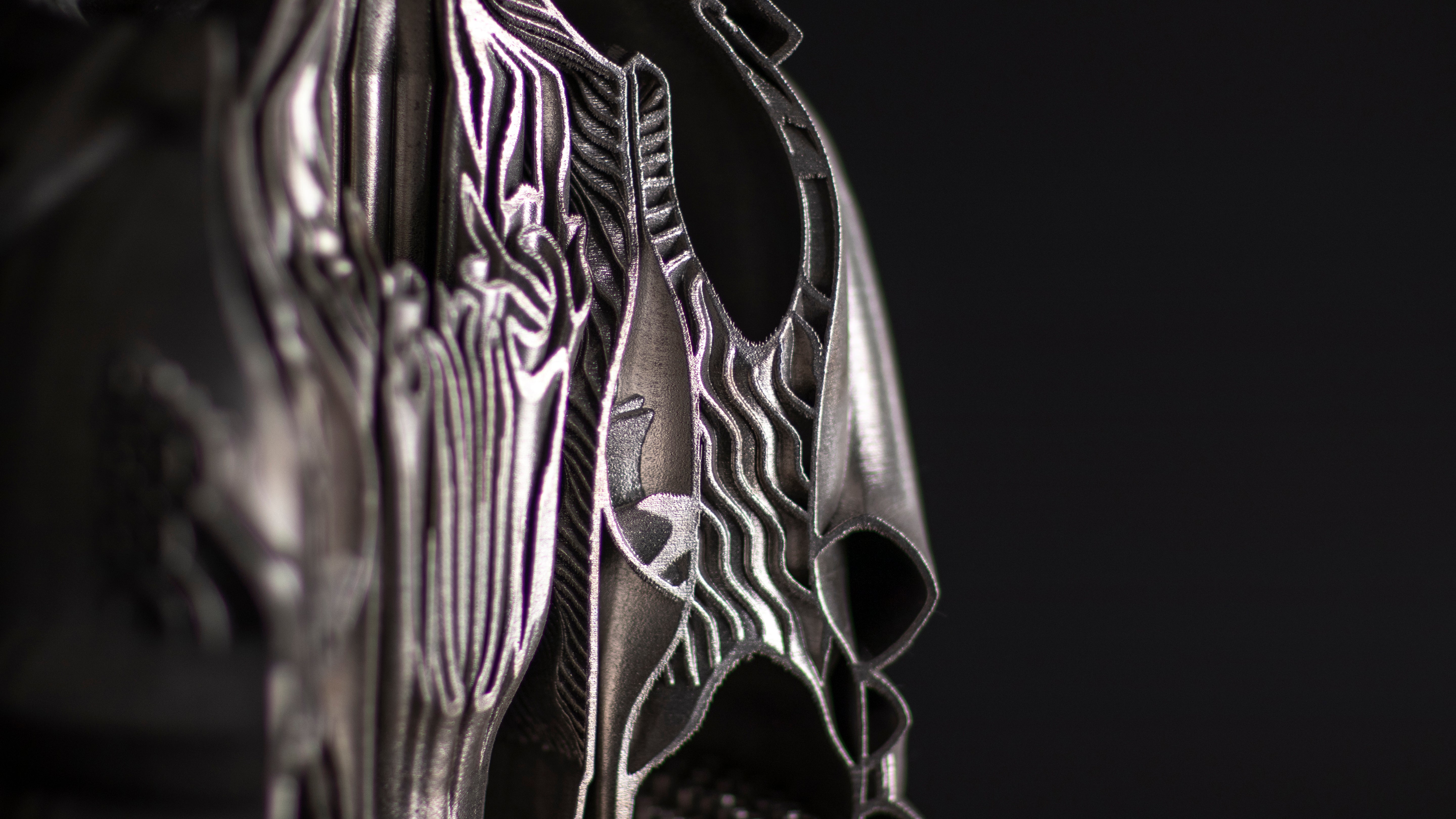- Morning:
- Compare core metal AM technologies: L-PBF, LP-DED, EB-PBF, AW-DED, LW-DED, EBW-DED, AFS-D, and Cold Spray
- Identify when and why to apply AM, with real-world examples from development to production
- Understand key post-processing steps:
- Unpacking, powder removal, support and build plate removal
- Heat treatments, surface finishing, inspection, NDE, and joining techniques
- Afternoon:
- Tour active AM production environments, including labs and post-processing facilities
- Participate in hands-on system deep dives:
- Explore optical systems, accuracy tolerances, recoater configurations, and filter strategies
- Set up and launch real build jobs on industrial AM platforms

Description
Unlock Additive Manufacturing with Leading Metal AM Experts
This Metal AM Master Class is a rare, small-group training designed for engineers, researchers, and technical professionals working in aerospace, defense, and other advanced manufacturing sectors. Limited to just 20 participants, this three-day program blends expert-led instruction with practical, hands-on experience using industrial Laser Powder Bed Fusion (L-PBF) systems, including the EOS M 290 and M 400-4.
Led by NASA’s Paul Gradl and Omar Mireles, the course takes you through the full metal AM lifecycle—from process selection and material science to post-processing, quality assurance, and certification. You'll examine and compare various AM technologies (L-PBF, DED, EBM, Cold Spray, and more) and gain a clear framework for selecting the right process based on part requirements, materials, and performance goals.
The technical curriculum includes:
-
Material behavior in AM: microstructure evolution, powder characteristics, and heat treatment strategies
-
Design for AM (DfAM) principles, including topology optimization and support reduction techniques
-
Certification and quality control frameworks, including NASA’s methodology for flight hardware
-
Failure analysis: identifying root causes in flawed builds and mitigating them through design and process adjustments
-
Process parameter development using Design of Experiments (DOE)
-
Best practices for post-processing: unpacking, support removal, surface finishing, and inspection
In addition to classroom sessions, participants will spend time in the lab and on the shop floor:
-
Launching real build jobs on L-PBF machines
-
Physically unpacking and post-processing parts
-
Evaluating parts via lab testing and microstructure analysis
-
Working in teams to solve real-world AM challenges based on production components like heat exchangers and combustion chambers
This course goes far beyond theory. You’ll walk away with a practical understanding of how to apply metal AM, how to avoid common pitfalls, and how to drive adoption within your organization. You'll also leave with the parts you built during training—and the skills to confidently take on your next AM project.
- Morning:
- Examine how AM materials differ from conventional counterparts in microstructure and mechanical behavior
- Explore alloy selection criteria and the effects of heat treatment on performance
- Learn powder and wire feedstock requirements, production methods, and supply chain considerations
- Afternoon:
- Apply Design of Experiments (DOE) methodology to optimize process parameters
- Conduct hands-on parameter development and build setup
- Perform failure root cause analysis and explore design mitigation strategies
- Morning:
- Unpack, post-process, and prepare printed parts for evaluation
- Conduct lab testing and analyze results from DOE builds
- Learn best practices in Design for AM (DfAM) for PBF and DED processes
- Explore advanced design techniques:
- Topology optimization, generative design, and support strategy
- Understand AM certification frameworks:
- Quality systems, AM control planning, material databases, and part qualification
- Explore emerging AM trends:
- Hybrid manufacturing, lattice structures, intentional porosity
- In-situ monitoring and simulation-driven design
- Afternoon:
- Analyze high-performance components (e.g., heat exchangers) for thermal management, fatigue life, and flow optimization
- Wrap up with a collaborative group review of build results, Q&A, and final discussion


